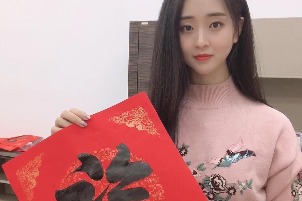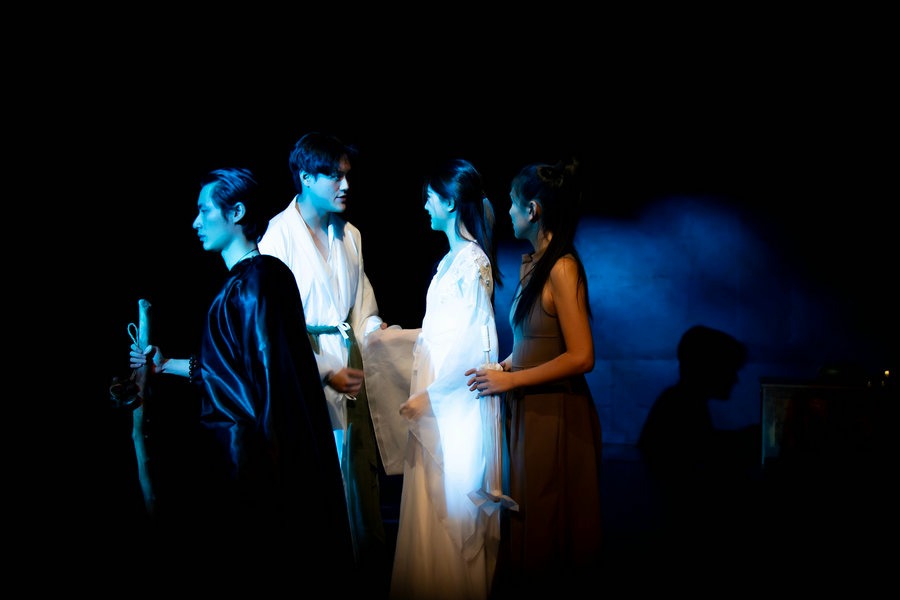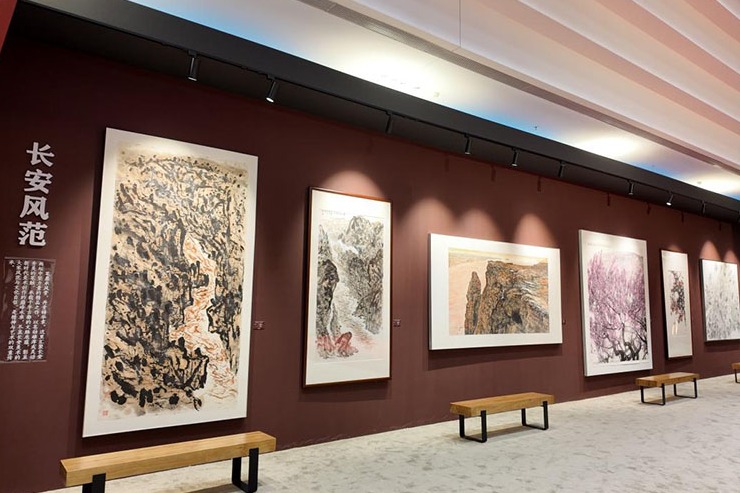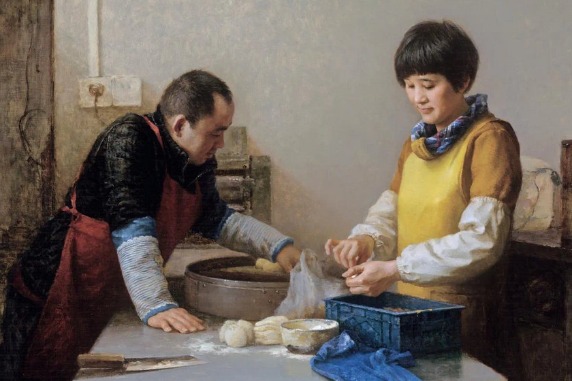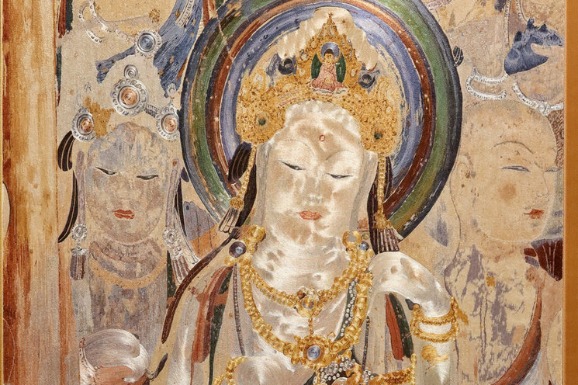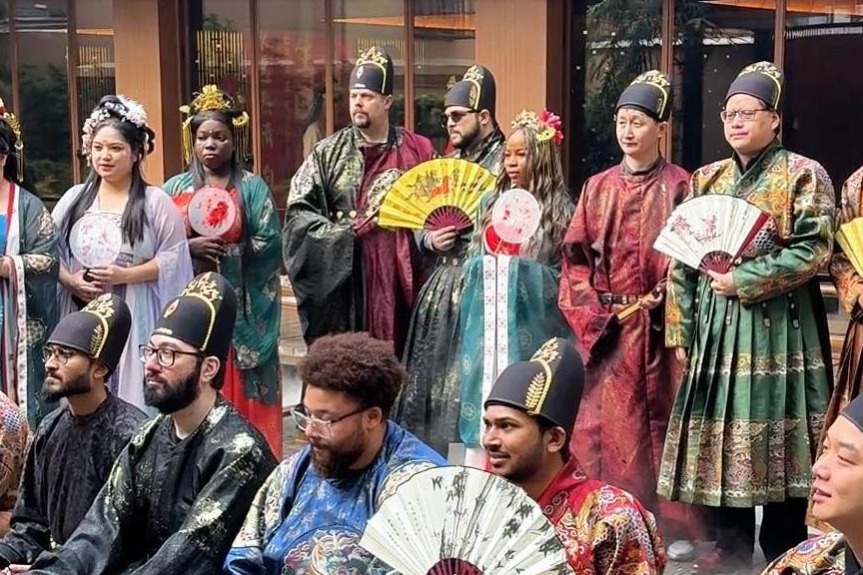Revealing characters
Wu Dichen bewitches fans with strokes of grace as her calligraphy writes a new chapter in the traditional art form, Chen Nan reports.

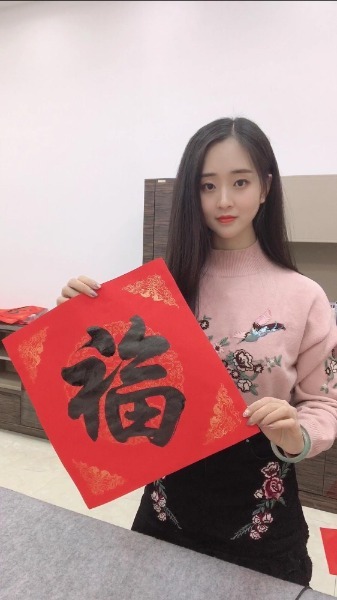
She has created more than 1,000 calligraphic works. Some followers pay her to write Chinese characters, and through this she earns about 30,000 yuan ($4,363) every month. However, Wu has not decided to take the art form as a full-time career.
With Spring Festival around the corner, Wu has written hundreds of chunlian, or spring couplets, two lines of poetry which usually express best wishes for the coming year. She writes them mainly for her fans, family and friends.
"All my spare time is taken up with handwriting. I am still learning and practicing. Since I started to learn calligraphy, I have been introduced to the world of Chinese culture, which I am fascinated with. I hope more young people will become interested in it after watching my videos," Wu says.
One of the best known Chinese calligraphers is Wang Xizhi of the Eastern Jin Dynasty (317-420), who wrote kaishu, xingshu as well as caoshu (cursive script). Many Chinese calligraphers imitated his style, but no one ever bettered him for artistic transformation. One of his most famous works is Lanting Xu (Preface to the Poems Composed at the Orchid Pavilion), considered one of the best-known calligraphic works in Chinese history.
"It is true that calligraphy belongs to ancient times since we no longer use the ink and brush as writing tools. However, calligraphy is part of traditional Chinese aesthetics and philosophy," says calligrapher Xu Kangyan, 52, who learned the art as a child with his uncle.
Living in Beijing, Xu has been researching Wang's calligraphy for more than two decades and has been teaching young people calligraphy classes since 2010.


